Get a custom course package
We may not have any package deals available including this course. If you enquire or give us a call on +1 7204454674 and speak to our training experts, we should be able to help you with your requirements.
Module 1: Get Started with Azure Cosmos DB for NoSQL
Module 2: Plan and Implement Azure Cosmos DB for NoSQL
Module 3: Connect to Azure Cosmos DB for NoSQL with the SDK
Module 4: Access and Manage Data with the Azure Cosmos DB for NoSQL SDKs
Module 5: Execute Queries in Azure Cosmos DB for NoSQL
Module 6: Define and Implement an Indexing Strategy for Azure Cosmos DB for NoSQL
Module 7: Integrate Azure Cosmos DB for NoSQL with Azure Services
Module 8: Implement a Data Modeling and Partitioning Strategy for Azure Cosmos DB for NoSQL
Module 9: Design and Implement a Replication Strategy for Azure Cosmos DB for NoSQL
Module 10: Optimise Query and Operation Performance in Azure Cosmos DB for NoSQL
Module 11: Monitor and Troubleshoot an Azure Cosmos DB for NoSQL Solution
Module 12: Manage an Azure Cosmos DB for NoSQL Solution Using DevOps Practices
Module 13: Create Server-Side Programming Constructs in Azure Cosmos DB for NoSQL


This Designing and Implementing Cloud-Native Applications Using Microsoft Azure Cosmos DB DP420 Course is designed for professionals who work in Cloud Application Development and Database Administration, and those looking to control Azure Cosmos DB for building scalable, high-performance applications. This Microsoft Training Course can be beneficial for the following professionals:
Delegates should have prior knowledge of Microsoft Azure, the ability to navigate the portal, and experience writing in Azure-supported language at an intermediate level to attend this Designing and Implementing Cloud-Native Applications Using Microsoft Azure Cosmos DB DP420 Course. The ability to write code to connect and perform operations on SQL or NoSQL database product can also be beneficial for the delegates.
The Designing and Implementing Cloud-Native Applications Using Microsoft Azure Cosmos DB DP420 Course emerges as a critical component of Microsoft Azure. With cloud-native applications becoming increasingly prevalent, this training equips individuals with the knowledge and skills necessary to excel in the ever-evolving landscape of cloud technology.
Mastering the art of cloud-native application design is imperative in a digital era where agility and scalability drive success. Professionals in software development, database administration, and cloud architecture should aim to excel in this course. The ability to design and implement cloud-native applications using Microsoft Azure Cosmos DB DP-420 is not just a skill; it's a strategic advantage in building robust, efficient, and scalable solutions for the future.
This intensive 4-day Microsoft Azure Online Course by The Knowledge Academy empowers delegates with hands-on experience in designing, building, and deploying cloud-native applications using Microsoft Azure Cosmos DB. Delegates will gain a deep understanding of the Cosmos DB architecture and its integration into cloud-native applications. The training provides practical insights, equipping learners to implement best practices and optimise their applications.
Course Objectives
After completing this course, delegates will gain the knowledge to design and implement cloud-native applications using Azure Cosmos DB.




Why choose us
Experience live, interactive learning from home with The Knowledge Academy's Online Instructor-led Microsoft Azure Cosmos DB DP-420 Course. Engage directly with expert instructors, mirroring the classroom schedule for a comprehensive learning journey. Enjoy the convenience of virtual learning without compromising on the quality of interaction.
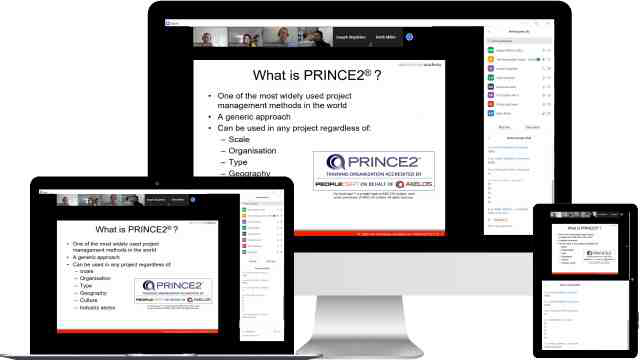
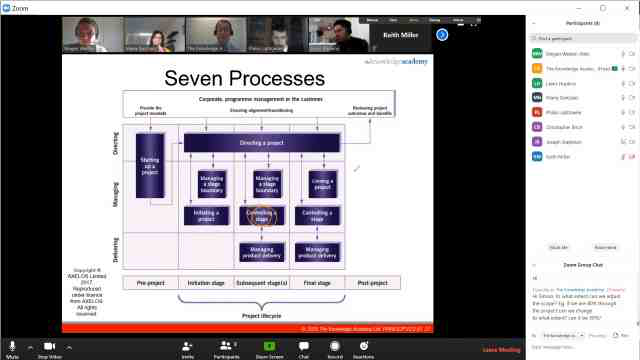
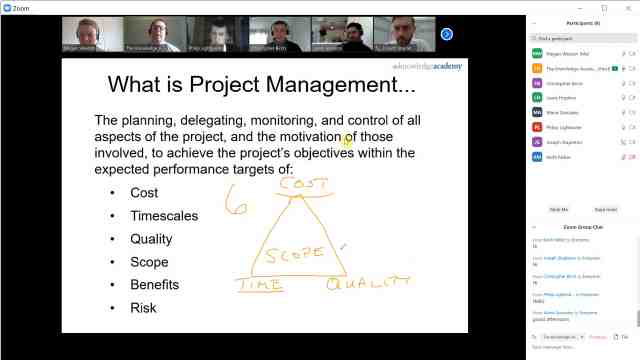
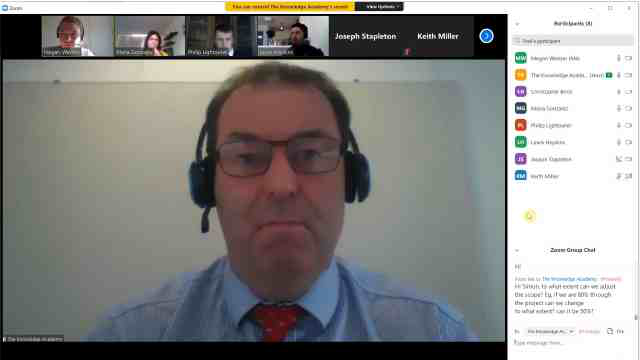
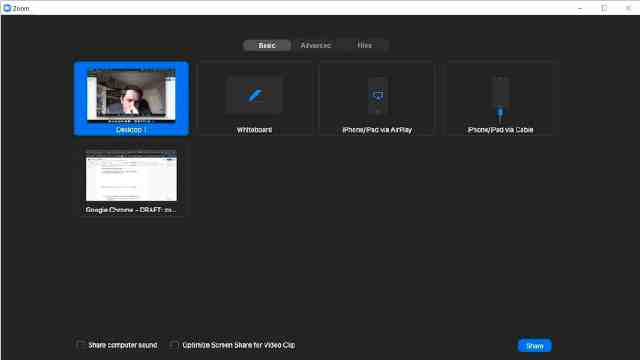
Unlock your potential with The Knowledge Academy's Microsoft Azure Cosmos DB DP-420 Course, accessible anytime, anywhere on any device. Enjoy 90 days of online course access, extendable upon request, and benefit from the support of our expert trainers. Elevate your skills at your own pace with our Online Self-paced sessions.
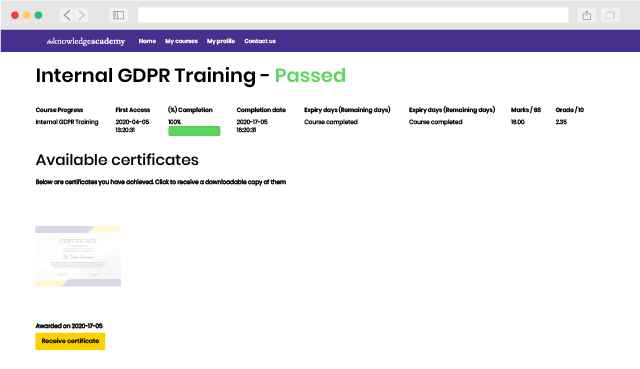
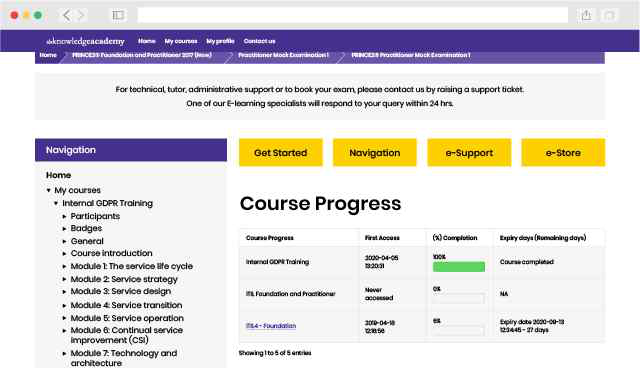
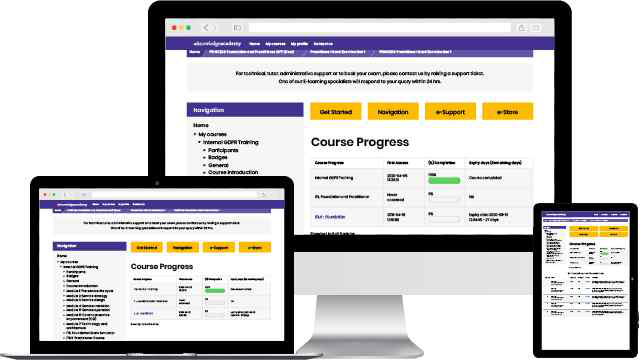
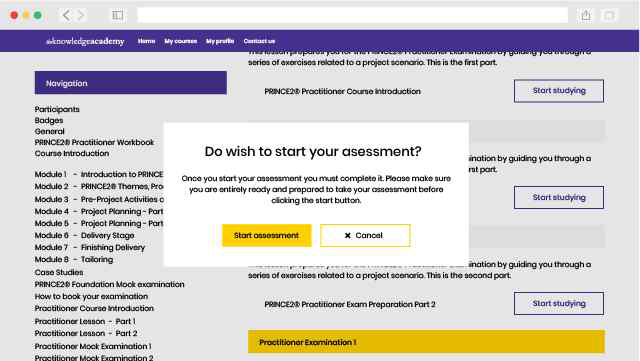
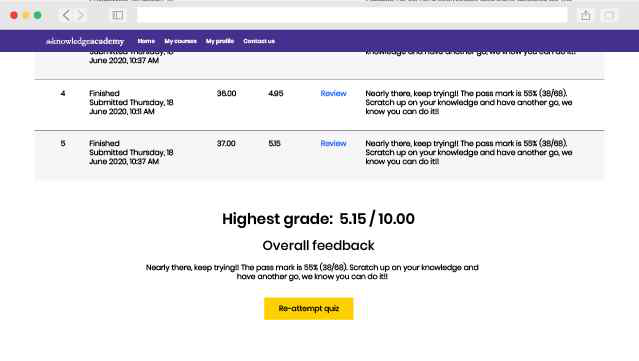


You won't find better value in the marketplace. If you do find a lower price, we will beat it.

Microsoft Azure Training

Flexible delivery methods are available depending on your learning style.

Resources are included for a comprehensive learning experience.




"Really good course and well organised. Trainer was great with a sense of humour - his experience allowed a free flowing course, structured to help you gain as much information & relevant experience whilst helping prepare you for the exam"
Joshua Davies, Thames Water



 Atlanta
Atlanta New York
New York Houston
Houston Dallas
Dallas Denver
Denver Seattle
Seattle Los Angeles
Los Angeles Chicago
Chicago San Francisco
San Francisco Philadelphia
Philadelphia San Diego
San Diego Phoenix
Phoenix Boston
Boston Austin
Austin Detroit
Detroit San Jose
San Jose Tampa
Tampa Colorado Springs
Colorado Springs Portland
Portland Sacramento
Sacramento Minneapolis
Minneapolis San Antonio
San Antonio Irvine
Irvine Las Vegas
Las Vegas Miami
Miami Bellevue
Bellevue Pittsburgh
Pittsburgh Baltimore
Baltimore Fairfax
Fairfax Orlando
Orlando Raleigh
Raleigh Salt Lake City
Salt Lake City Columbus
Columbus Oklahoma City
Oklahoma City Nashville
Nashville Charleston
Charleston Columbia
Columbia Cleveland
Cleveland Cincinnati
Cincinnati Memphis
Memphis Richmond
Richmond Virginia Beach
Virginia Beach Louisville
Louisville Fort Lauderdale
Fort Lauderdale Indianapolis
Indianapolis Des Moines
Des Moines Grand Rapids
Grand Rapids New Orleans
New Orleans Wichita
Wichita Charlotte
Charlotte Hartford
Hartford New Jersey
New Jersey Anchorage
Anchorage Omaha
Omaha Honolulu
Honolulu Albuquerque
Albuquerque Baton Rouge
Baton Rouge Iowa City
Iowa City Albany, NY
Albany, NY Boise
Boise Milwaukee
Milwaukee Tucson
Tucson Kansas City
Kansas City St Louis
St Louis Jacksonville
Jacksonville
 Back to course information
Back to course information
We may not have any package deals available including this course. If you enquire or give us a call on +1 7204454674 and speak to our training experts, we should be able to help you with your requirements.
 If you miss out, enquire to get yourself on the waiting list for the next day!
If you miss out, enquire to get yourself on the waiting list for the next day!

close


Press esc to close

close
Fill out your contact details below and our training experts will be in touch.



Back to Course Information